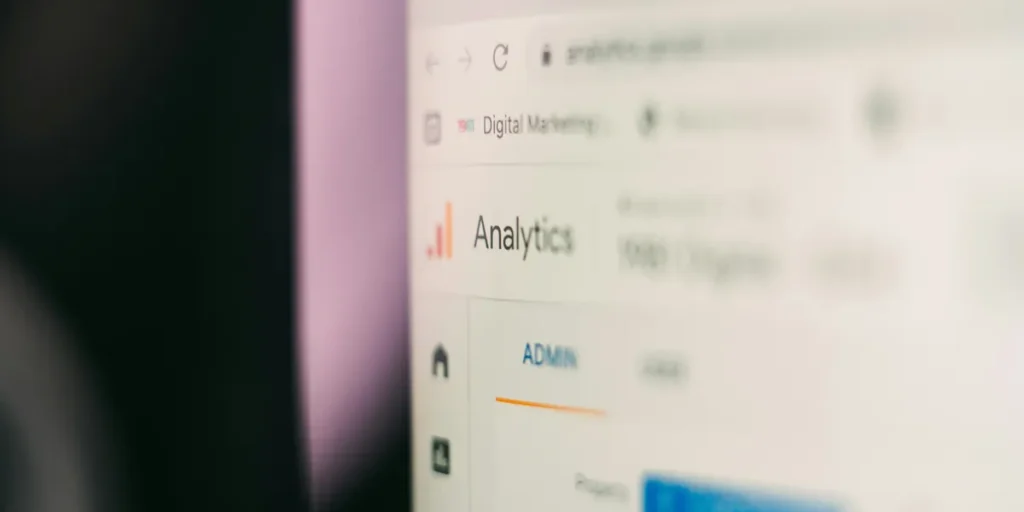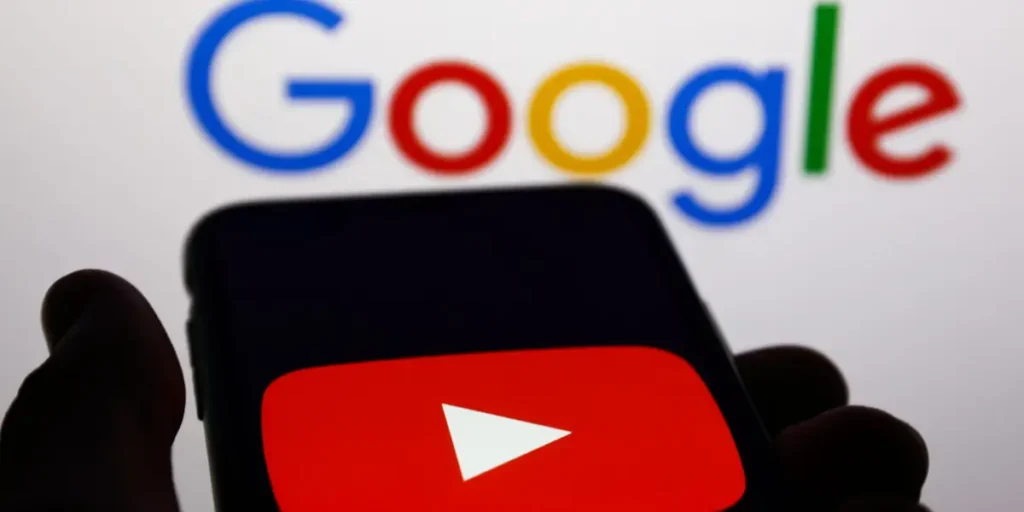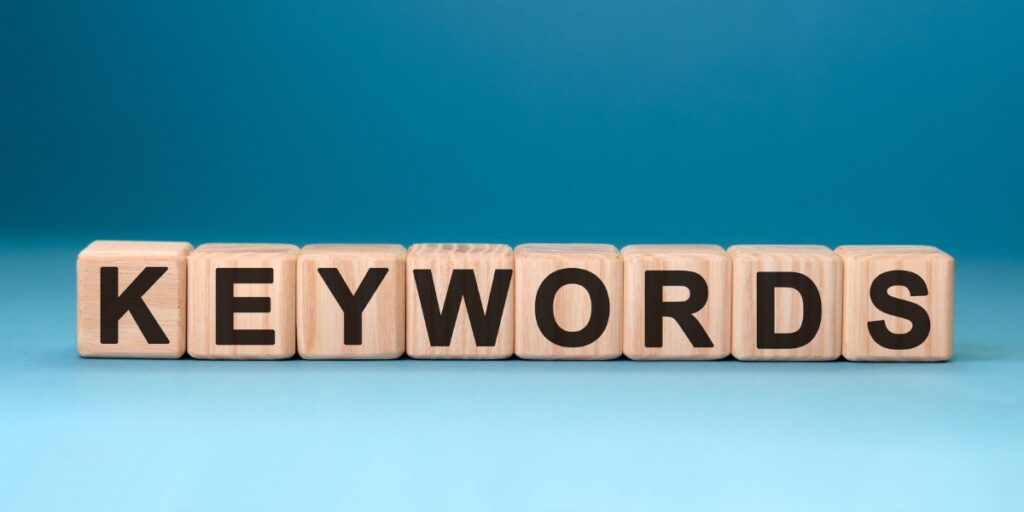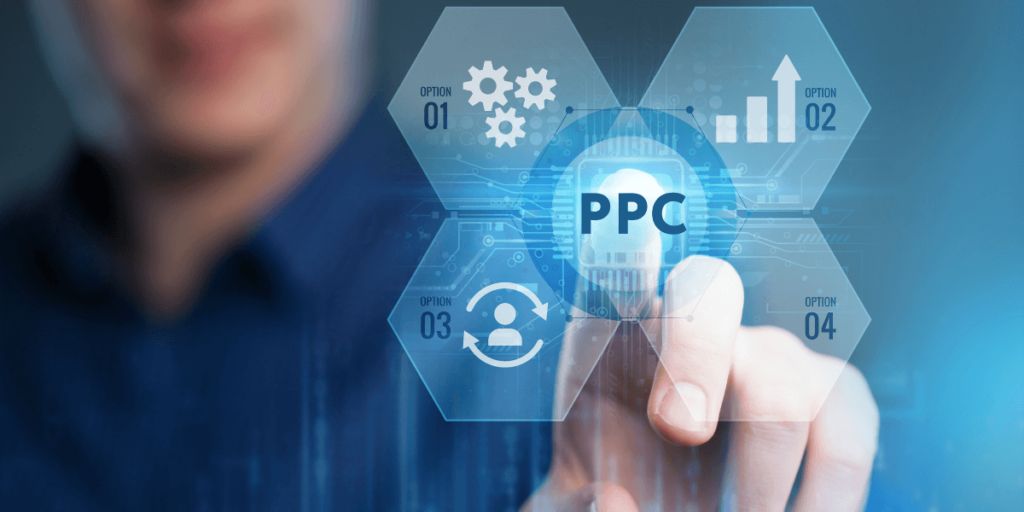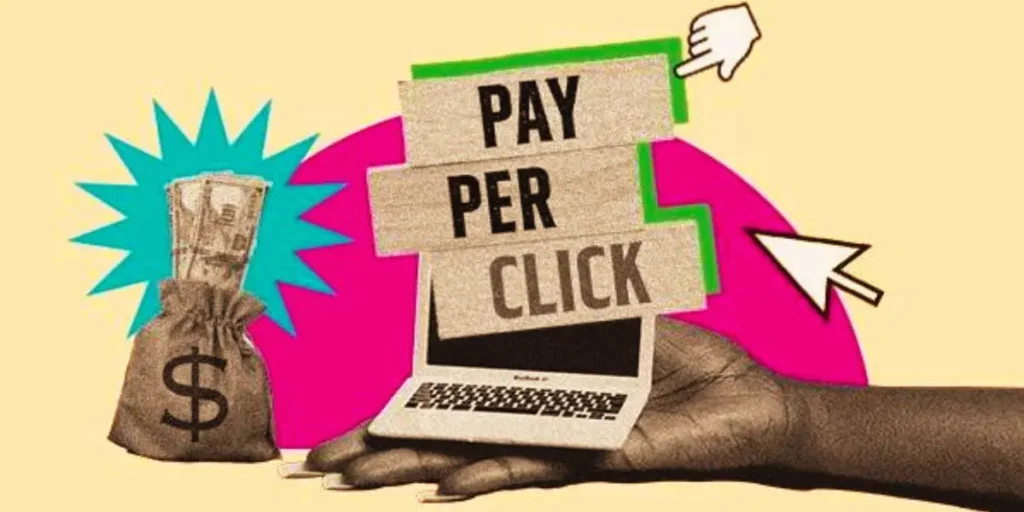In the B2B world, generating high-quality leads is a foundational element of long-term growth. However, as the landscape becomes more competitive and customer expectations evolve, traditional lead generation methods are no longer sufficient. Businesses now require smarter, faster, and more scalable strategies to fill their pipelines. This is where lead generation automation steps in—transforming how companies find, engage, and convert prospects.
Automation in B2B lead generation is not just about efficiency. It’s about improving accuracy, maintaining consistency, and personalizing engagement at scale. By automating repetitive tasks and data-driven processes, businesses can focus their time and energy on building relationships and closing deals, rather than chasing leads manually.
Understanding the Core of Automated Lead Generation
B2B lead generation automation refers to the use of technology and software tools to streamline the process of identifying, attracting, and nurturing potential clients. From data collection and email outreach to social media monitoring and CRM updates, automation enables businesses to execute more with fewer resources.
Instead of sales and marketing teams spending time on manual prospecting, automation tools gather information from multiple digital channels, score leads based on set criteria, and initiate personalized outreach campaigns. This ensures that high-value leads are not only discovered faster but also engaged in ways that feel timely and relevant.
Why Automation Matters in a Complex Buying Journey
The B2B buying journey is more complex than ever. Decision-making often involves multiple stakeholders, longer sales cycles, and a significant amount of research before a purchase is made. Manual outreach cannot keep pace with this level of complexity and scale. Automation solves this by ensuring every touchpoint is optimized for timing, relevance, and personalization.
With automation, companies can design workflows that automatically respond to specific behaviors. For example, if a potential customer downloads a whitepaper, they can be added to an email nurture sequence tailored to their interest. As they engage more with the content, the system scores them and notifies the sales team when the lead is warm and ready for outreach.
The Role of Data in Automated Lead Generation
One of the biggest advantages of B2B lead generation automation is the ability to leverage data effectively. Automation tools collect insights from multiple touchpoints—website behavior, social media engagement, email interactions, and more. This data helps paint a comprehensive picture of each prospect’s interests, intent, and readiness to buy.
Automated systems use this data to segment audiences, personalize messaging, and time communications for maximum impact. The more relevant the outreach, the higher the likelihood of converting a lead into a customer. Data-driven automation also reduces guesswork, allowing marketing and sales to make strategic decisions backed by real-time information.

Aligning Marketing and Sales Through Automation
One of the most powerful effects of automated lead generation is how it brings marketing and sales teams into alignment. In many organizations, these departments operate in silos, leading to miscommunication and lost opportunities. Automation bridges this gap by providing shared visibility into the lead pipeline and ensuring that every lead is tracked, scored, and nurtured consistently.
Marketing automation platforms can hand off qualified leads to sales in real time, complete with engagement history and behavioral data. Sales teams can then follow up with context, leading to more meaningful conversations and higher close rates. This alignment ultimately drives revenue by turning prospects into loyal customers more efficiently.
Building a Scalable Lead Generation System
Scalability is one of the defining benefits of automation in B2B lead generation. As businesses grow, their lead generation efforts must expand without a proportional increase in time or resources. Manual systems simply cannot support that kind of growth.
Automation allows companies to scale their outreach across thousands of potential customers while maintaining personalization. Whether through automated email sequences, dynamic landing pages, or AI-powered chatbots, businesses can create a consistent experience for every lead, regardless of volume. This consistency builds trust and improves brand perception, which are critical factors in B2B buying decisions.
Email Marketing Automation as a Key Strategy
Email remains one of the most effective channels for B2B communication, and automation takes it to another level. With tools that segment audiences, schedule messages, and personalize content automatically, businesses can keep their leads engaged over time.
Drip campaigns, for example, nurture leads by delivering a series of emails based on a prospect’s behavior or stage in the buyer’s journey. If a lead opens a particular email or clicks a specific link, they can be routed into a different sequence tailored to their interests. This level of responsiveness increases engagement and moves leads closer to conversion.
Harnessing CRM and Marketing Automation Platforms
Customer relationship management systems and marketing automation platforms are at the heart of effective lead generation automation. These tools work together to track every interaction a lead has with your brand, from their first website visit to their latest email response.
With integrated platforms, businesses can manage leads, automate follow-ups, and measure the effectiveness of campaigns all in one place. This centralized data not only improves decision-making but also ensures that no opportunity falls through the cracks. It creates a seamless experience for both the business and the prospect.
Using AI and Machine Learning to Enhance Lead Scoring
Artificial intelligence is transforming how businesses identify and prioritize leads. AI-powered lead scoring systems analyze historical data to determine which leads are most likely to convert. This allows sales teams to focus on high-potential prospects while automation handles the rest.
Machine learning also enables systems to improve over time. As more data is collected, the algorithms become more accurate in predicting lead behavior and preferences. This ongoing improvement ensures that lead generation efforts remain targeted and effective even as market conditions change.
Creating Meaningful Interactions Through Personalization
Automation doesn’t mean sacrificing the human touch. In fact, it enhances it by ensuring that every message feels personal and relevant. Personalization is more than just inserting a first name into an email. It’s about delivering content that speaks to a lead’s specific challenges and interests.
Through automated segmentation and behavior tracking, businesses can tailor content offers, email messages, and even website experiences to different personas. This level of personalization builds trust and encourages deeper engagement, which is essential in B2B relationships.
Measuring Success and Optimizing Campaigns
Automation makes it easier to measure the performance of your lead generation efforts. From open rates and click-through rates to conversion metrics and ROI, every aspect of a campaign can be tracked and analyzed in real time.
These insights help businesses refine their strategies continuously. If an email subject line isn’t performing well, it can be tested and adjusted. If a particular landing page isn’t converting, its content or layout can be revised. Automation provides the feedback loop needed for continuous improvement and long-term success.
The Future of B2B Lead Generation
As technology continues to evolve, so will the capabilities of B2B lead generation automation. Businesses that embrace these tools will have a clear advantage—not just in efficiency, but in their ability to connect with prospects in meaningful, relevant ways. The future of lead generation is smarter, faster, and more personalized than ever before.





